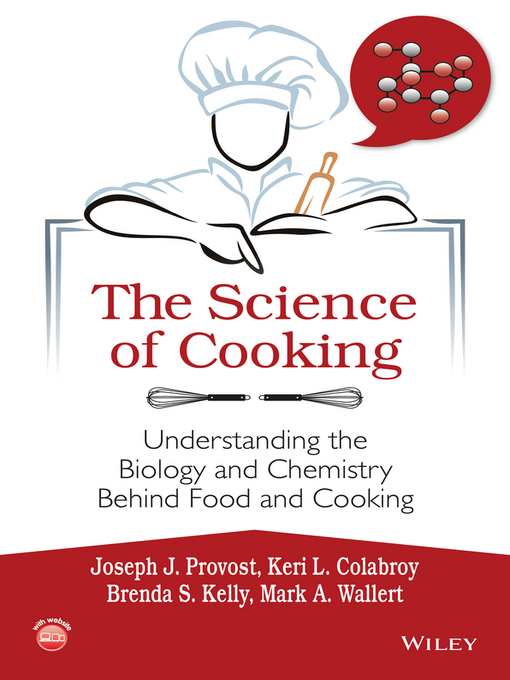Written as a textbook with an online laboratory manual for students and adopting faculties, this work is intended for non-science majors / liberal studies science courses and will cover a range of scientific principles of food, cooking and the science of taste and smell. Chapters include: The Science of Food and Nutrition of Macromolecules; Science of Taste and Smell; Milk, Cream, and Ice Cream, Metabolism and Fermentation; Cheese, Yogurt, and Sour Cream; Browning; Fruits and Vegetables; Meat, Fish, and Eggs; Dough, Cakes, and Pastry; Chilies, Herbs, and Spices; Beer and Wine; and Chocolate, Candy and Other Treats. Each chapters begins with biological, chemical, and /or physical principles underlying food topics, and a discussion of what is happening at the molecular level. This unique approach is unique should be attractive to chemistry, biology or biochemistry departments looking for a new way to bring students into their classroom. There are no pre-requisites for the course and the work is appropriate for all college levels and majors.
-
Description
-
Creators
-
Details

- Joseph J. Provost - Author
- Keri L. Colabroy - Author
- Brenda S. Kelly - Author
- Mark A. Wallert - Author
Kindle Book
- Release date: April 29, 2016
OverDrive Read
- ISBN: 9781119210337
- File size: 67281 KB
- Release date: May 20, 2016
EPUB ebook
- ISBN: 9781119210337
- File size: 67281 KB
- Release date: May 20, 2016
Formats
Kindle Book
OverDrive Read
EPUB ebook
subjects
Languages
English
